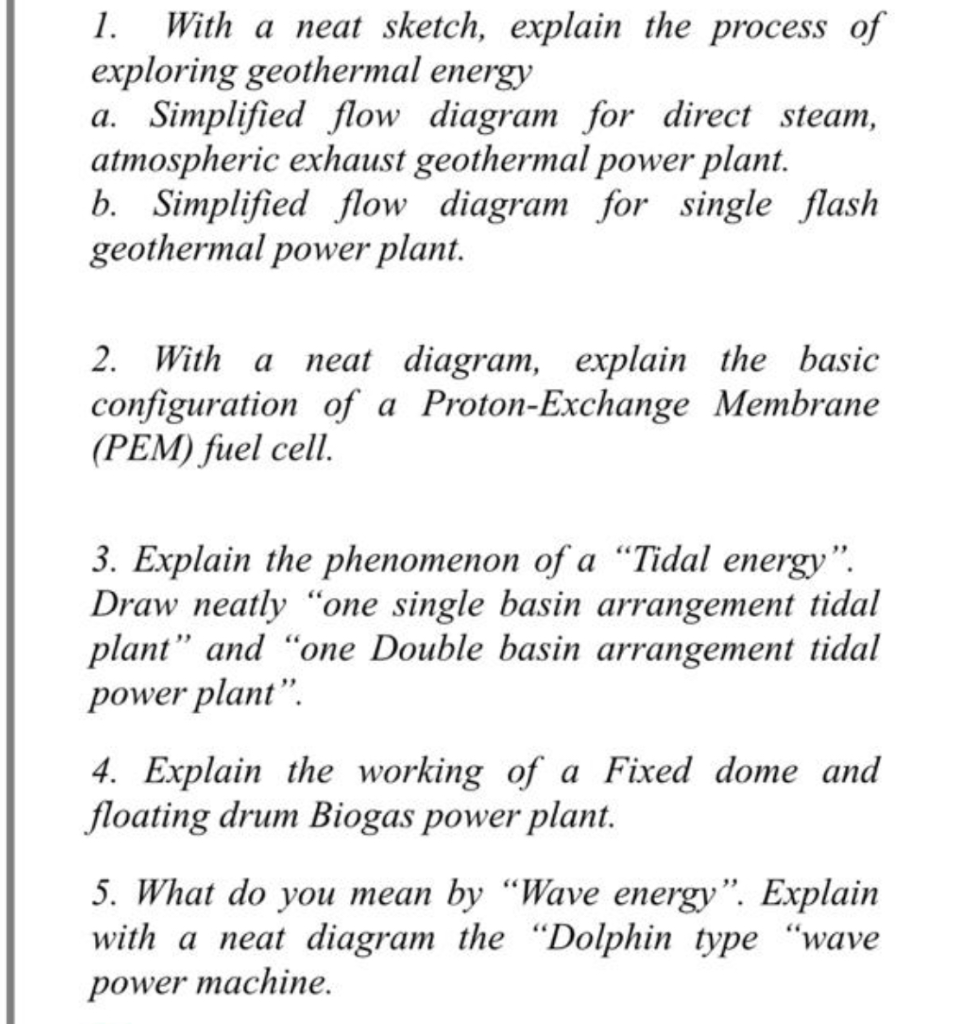Double Basin Tidal Power Plant Diagram
A tidal barrage is a dam like structure used to capture the energy from masses of water moving in and out of a bay or river due to tidal forces.

Double basin tidal power plant diagram. I double basin linked basin plant. Instead of damming water on one side like a conventional dam a tidal barrage allows water to flow into a bay or river during high tide and releases the water during low tidethis is done by measuring the tidal flow and controlling the sluice gates. However since water head between basin varies during each tidal cycle. The basin is separated from the sea by a dam barrage dyke.
As well as day so also power generation to improve situation in use off peak power from tidal generator or from alternate system to pump water from low to high basin and increased head is available from tidal power at peak times. Although not yet widely used tidal energy has the potential for future electricity generationtides are more predictable than the wind and the sunamong sources of renewable energy tidal energy has traditionally suffered from relatively high cost. These plants may be of the following two types. Single basin system can generate power only intermittently.
The sluice way is opened during high tide to. The direction of flow during the low and high tide alternates and production of power takes place during both the emptying and filling cycle of the basin. This is the simplest system of generating tidal power. Several tidal energy conversion projects under planning are of double basin type.
The single basin scheme has only one basin. In a double basin tidal power plant two basins at different levels are made and a dam is provided in between them. The drawback is that the civil works become more extensive. Tidal energy is used for generating electricity by using head difference of water in ocean.
A double basin scheme can produce continuous power output.